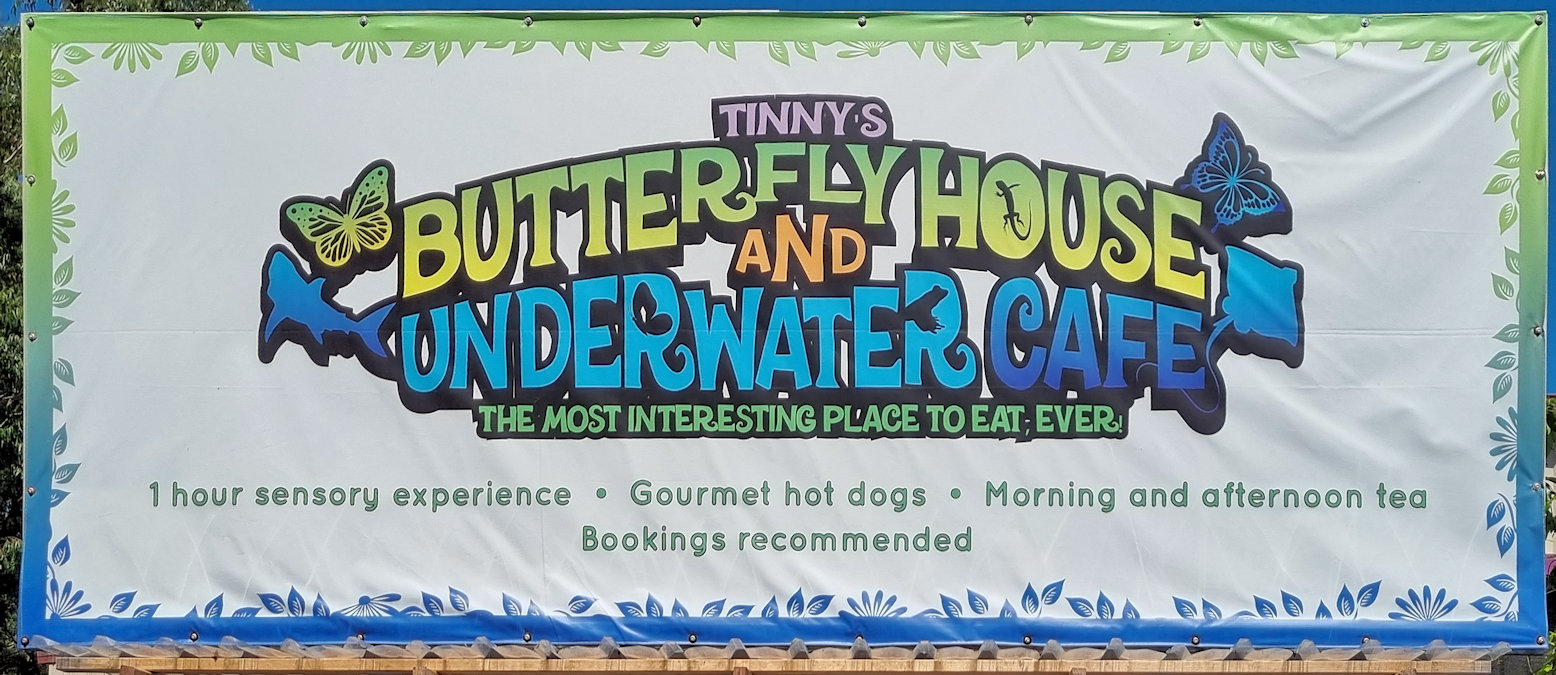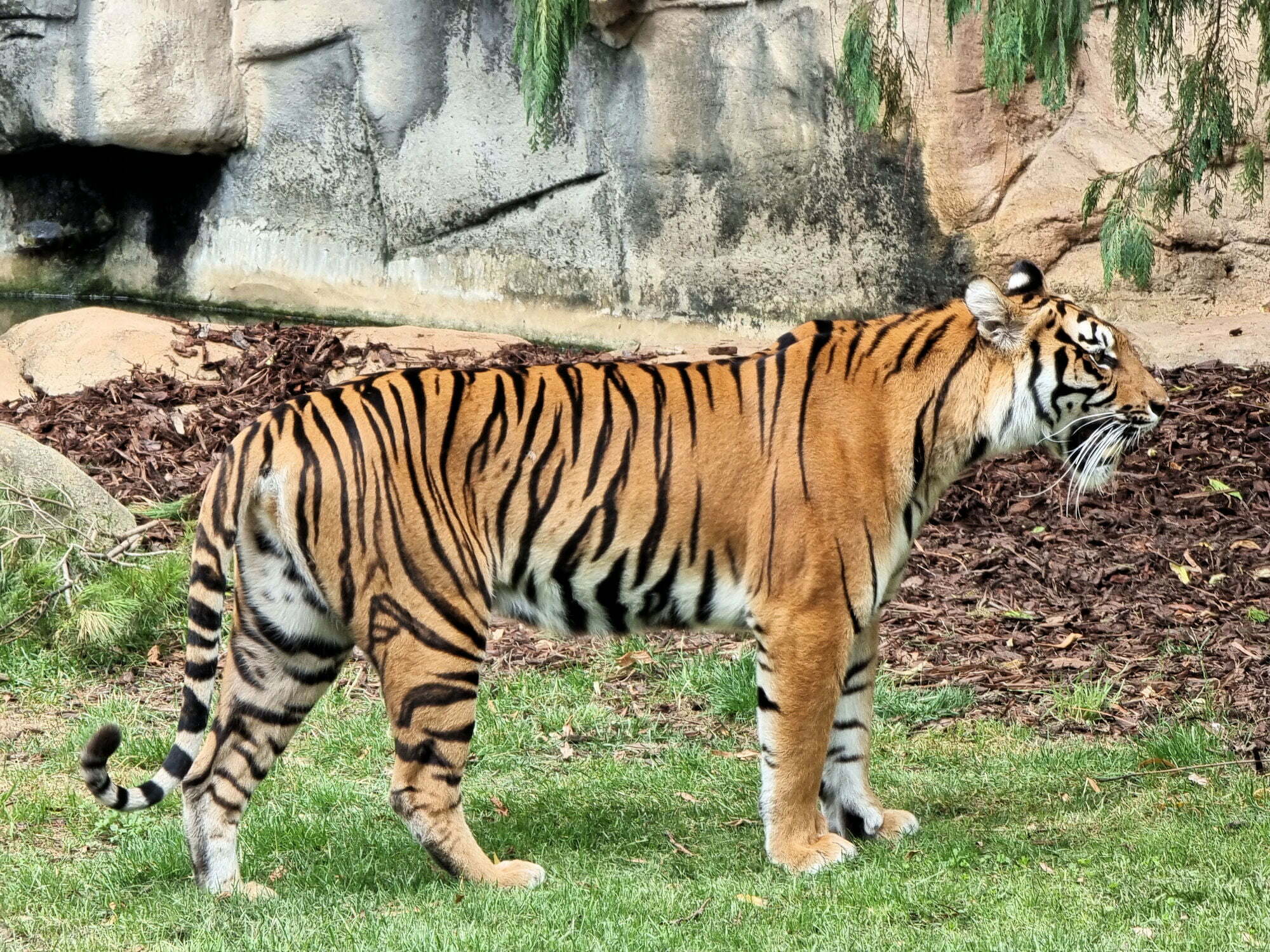Tag: zoo
-
Australian Reptile Park

Australian Reptile Park Located just over an hour’s drive north of Sydney on the NSW Central Coast, the Australian Wildlife Park is an excellent place to see some of Australia’s deadly wildlife. If you want to get up close with deadly snakes, spiders and crocodiles, this is the place for you. Getting There Located not… Read more
-
Shark and Ray Rescue Centre

Shark and Ray Rescue Centre Port Stephens Based at Bobs Farm near Port Stephens, the Shark and Ray Rescue Centre is dedicated to the rehabilitation and rehousing of sharks and rays. An association with local Professional Fishermen allows injured sharks, rays, and other marine creatures caught as a by-catch to be saved. Getting There Housed… Read more
-
National Zoo and Aquarium

National Zoo and Aquarium Modern and spacious, the National Zoo and Aquarium in Canberra houses animals from around the world, but also includes many from Australia. Getting There and Parking Located a short 15-minute car ride from the centre of Canberra, it’s easy to get to. Plenty of on-site parking allows easy access for cars.… Read more